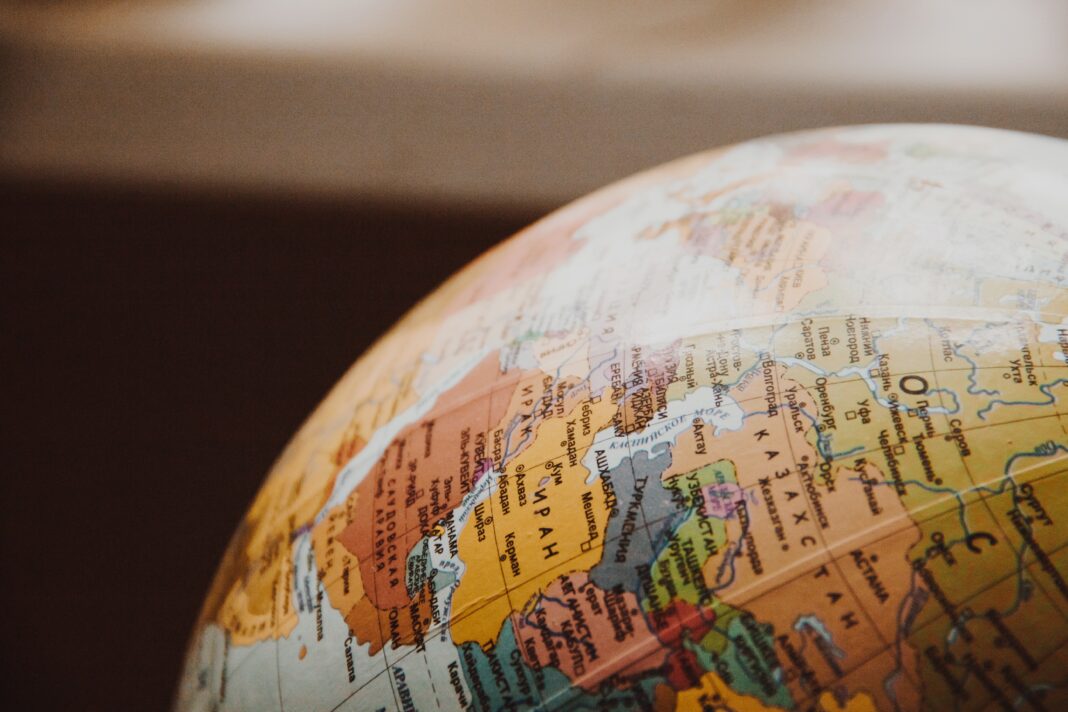The Earth rotates to the east, so the Sun, Moon, and all the celestial bodies we can see always appear to rise in that direction and set in the west. But there is no reason why this should be the only possible case. Our planet could just as easily have rotated in the opposite direction, and while the world would be slightly different, life would still go on as usual.
For this thought experiment, let’s imagine a planet just like ours, but rotating westward.
We can’t stop the Earth and turn it around – if the world stops spinning, apocalyptic tsunamis will immediately begin, the oceans will flood the poles, the planet’s magnetic field will cease to exist, and a lot of other troubles. We won’t go into the whole process of reversing the Earth’s spin now, so let’s just imagine that we make a wish and tomorrow it spins the other way.
Sunrise and sunset
Well, the first thing we will notice right away is the sunrise in the west. So far so good, we’ve avoided catastrophic devastation since the morning.
The main thing that will change is the weather – the rotation of the planet affects the winds. This phenomenon is known as the Coriolis effect and is cited – often and wrongly – as the reason why toilet water flows one way or the other depending on whether you are north or south of the equator. The way a household facility, such as a toilet, is constructed can mimic the effect, so the experiment should not be taken as credible.
Trade winds
But in the atmosphere the effect is in full force and the events there will be mirrored: the trade winds at the Equator will no longer blow west, and the easterly winds in the middle latitudes, such as the USA and Europe, but also Argentina and parts of Australia, will no longer push in that direction.
The biological diversity of the planet depends on adaptations that have taken a long time to develop – and now suddenly everything is in the mirror world… Surely many species, including us, will be affected by this. A simple example is that the trade winds at the equator carry nutrients from the Sahara into the Amazon, supporting the region’s incredible biodiversity. Without these winds, this important process could not take place.
Ocean currents
Currents are also affected by eddies and, in coastal areas, by winds. The established flow of hot or cold water in the oceans will change completely, which will have particular effects on the entire planet. The immediate impact this would have is difficult to quantify.
With and without deserts
Let’s assume for a moment a scenario where the magical change in rotation happened a few thousand years ago (so we can ignore all the biodiversity loss). The world would look very different today.
A 2018 study actually models an Earth counterpart that rotates in the opposite direction. One clear difference would be the Sahara – the desert simply wouldn’t exist; Africa and the Middle East would be much greener than they are today. Instead, the southern United States, the Caribbean, Central America, southern Brazil, and Argentina would be deserts. So would Japan and the east coast of China.
A change in winds and currents will also affect temperatures and precipitation. Regions that are now deserts will be much hotter and drier, of course, but there will be changes in other areas as well. Europe will be much colder and wetter, as will the Maghreb and Middle East, parts of Australia and New Zealand.
The planets do not rotate equally
Almost all the planets in the Solar System orbit the Sun in the same direction. Thanks to the conservation of angular momentum of the gas cloud from which our star formed, we are all on this synchronized merry-go-round. But it is not impossible to make a planet rotate in the opposite direction. Uranus suffered a major shock that spun it sideways, so that during its 84-year journey around the Sun, its poles point directly toward it during their respective summers.
More interesting, however, is to look at Venus. Earth’s deadly hot twin has an extremely slow day (roughly 224 times longer than ours) and rotates in the opposite direction around the Sun – so on Venus it would set in the east. It’s a pity that there is constant cloud cover, and it will take more than 100 days!
But the reason for this is unclear: possibilities include that the planet has turned 180 degrees due to the Sun’s gravitational pull and the behavior of its interior; another possibility is that the effect already mentioned, plus the pull from other planets on Venus’s atmosphere, together slowed its rotation to a standstill and then reversed it.
It is still unclear what happened to her; but a counter-rotating Earth is clearly possible. Maybe in some parallel universe there is an Earth like ours with a green Sahara and sand dunes where they should be the Argentinian pampas.
Photo by NastyaSensei:









